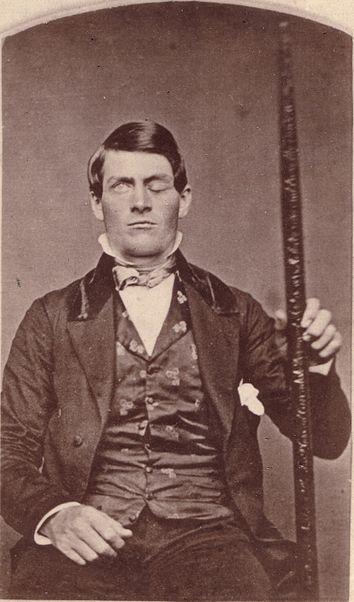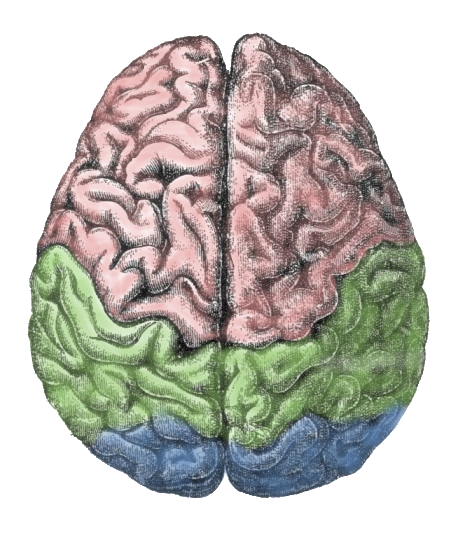One of the most notable things in the teenage brain is the necessity of sleep in the body. A normal adult will need about 8 hours minimum of sleep per night, but in "adolescent" needs around 9.5 hours of sleep. Why so much difference? Well as well as infants need almost half a day of sleep in order to develop, as well does a teenager that uses the nine and a half hours to develop its body and especially the brain, and when the brain changes so does the attitude of an adolescent. The problem is that teenagers, by one or another reason, always feel distracted by somethng that keeps them from sleeping properly. That is why the people have put the "lazy" stereotype on adolescents.
Another Change in the brain is the constant mood changes they pass through. These occur because the brain of the teenagers can get more esaily stimulated and also because of their developement in the frontal lobe of the brain. In this area is where mood comes from, so when it is eign developed it tends to change and this causes the mood changes. During this period, and because of the same reason before stated, the person starts to develop his/her personality in a better manner.
This image Shows how the brain develops Gray Matter through the years.
Notice that in the estimated points of 13 to 18 the brain is developing gray matter and from estimated point 19 to point 28 gray matter decrases rapidly.
That is because of puberty. So yes the brain goes through puberty as well.




